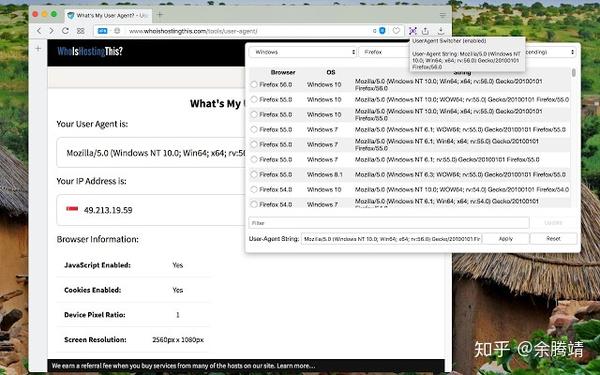
- #Livereload react for free
- #Livereload react install
- #Livereload react code
- #Livereload react simulator
But you don’t need to worry about all these fancy frontend technologies, Vite has got you covered.
#Livereload react code
The source code is processed on-the-fly using Rollup under-the-hood, and third-party (NPM) libraries are also pre-compiled (this time via esbuild). Now we have many JavaScript files loaded: all our dependencies and custom modules (files)-but only those needed for this particular page. Here’s the page loaded with the help of the dev server: With Vite Ruby, it’s as simple as running bin/vite dev. How can we get there? We should run a Vite development server! This is how Rubyists might use Vite in development however, the main selling points of Vite are “Instant Server Start” and “Lightning Fast HMR” (HMR stands for hot module replacement). In the auto-build mode, Vite Ruby compiles the assets on demand, one output file per entrypoint just like good old Sprockets: But, do you recall why we were doing that in the first place? Live reload and HMR Nice! And that’s it: we’ve just migrated our application to Vite Ruby. **/*_controller.js " ) registerControllers ( application, controllers ) Import from " stimulus-vite-helpers " const controllers = import.

#Livereload react install
Migrating from “ bundling-rails” to Vite was almost as simple as stated in the vite_rails documentation: install the gem and run the installation rake task ( bundle exec vite install). In this post, I’d like to share my Vite Ruby setup (using the An圜able demo) and I’ll cover the following topics: So, the question is: what is the modern alternative to webpack-dev-server? And my answer is Vite. But for many developers, instant feedback is important, they got used to it. The problem is that they provide a Sprockets-like experience, that is, build-oriented. Well, except maybe for the confusion this diversity can cause developers. All of these were built on top of modern tooling, play nice with Rails, and are easy to work with.

Webpacker has been retired instead, we have a handful of official ways of dealing with frontend: import maps, jsbundling-rails, cssbundling-rails, tailwindcss-rails. Rails 7 turned a new page in the history of asset bundlers.
#Livereload react simulator
The iOS Simulator should now load your compiled app, and the tsc command will recompile your code whenever you make changes.The Rails team works hard to improve the documentation around the modern Asset Pipeline and the variety of available choices. "buildAndStartIos": "yarn run build & yarn run watchAndRunIos", "watchAndRunIos": "concurrently \"yarn run watch\" \"yarn run ios\"", You need to use a slightly different set of scripts to get live reloading working. I recently ejected from Expo so I now have a pure React Native app. Live reloads when running a pure React Native app on iOS The Expo client will be watching your TypeScript output folder for changes and will automatically reload the app. This compiler option will watch input files and trigger recompiliation on changes


#Livereload react for free
While this comes for free when your app is written in vanilla JavaScript, there’s a little bit of configuration to achieve the same using TypeScript. One of React Native’s best features is being able to immediately preview code changes on your device after you save your JavaScript files. JHow to live-reload a React Native app written in TypeScript


 0 kommentar(er)
0 kommentar(er)
